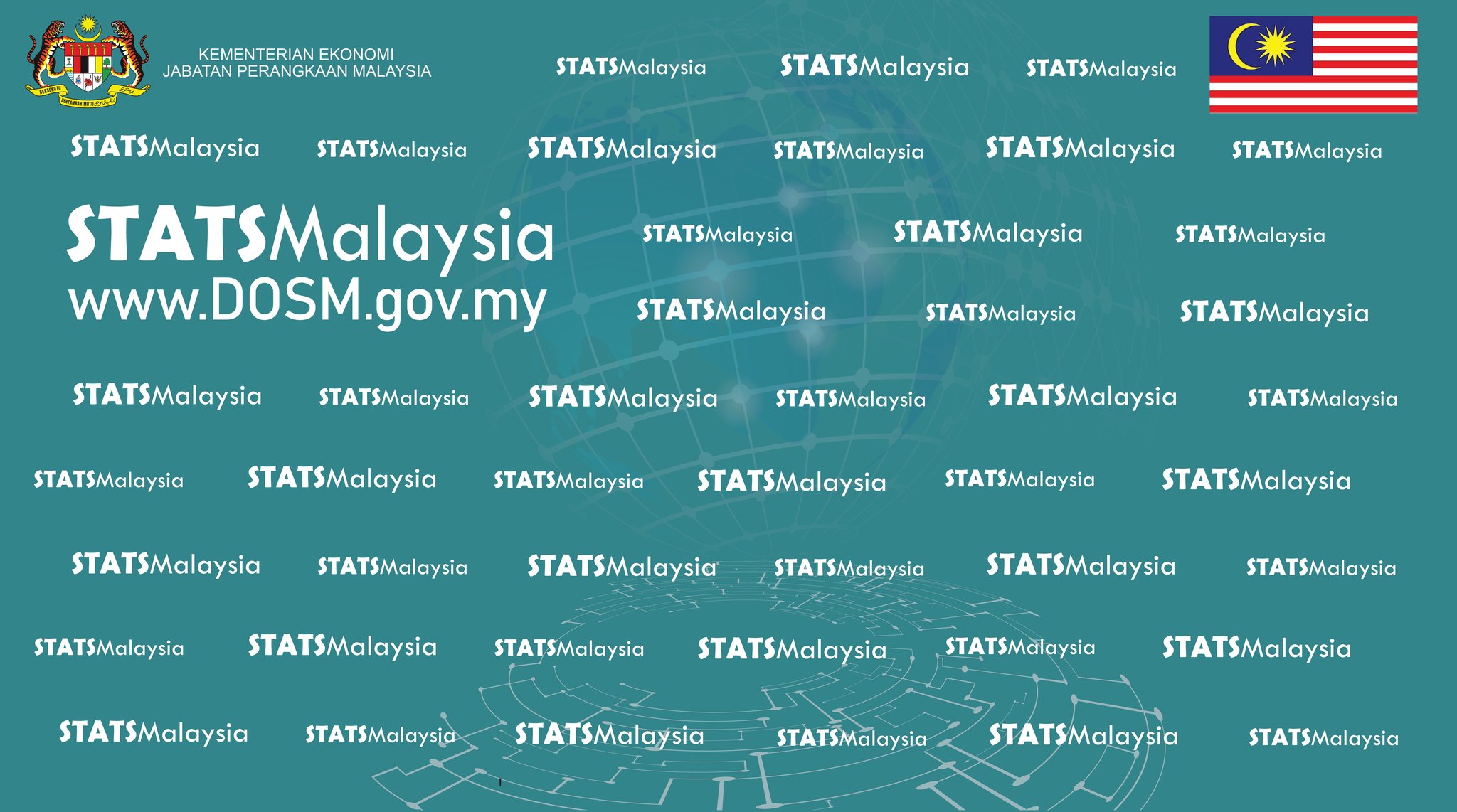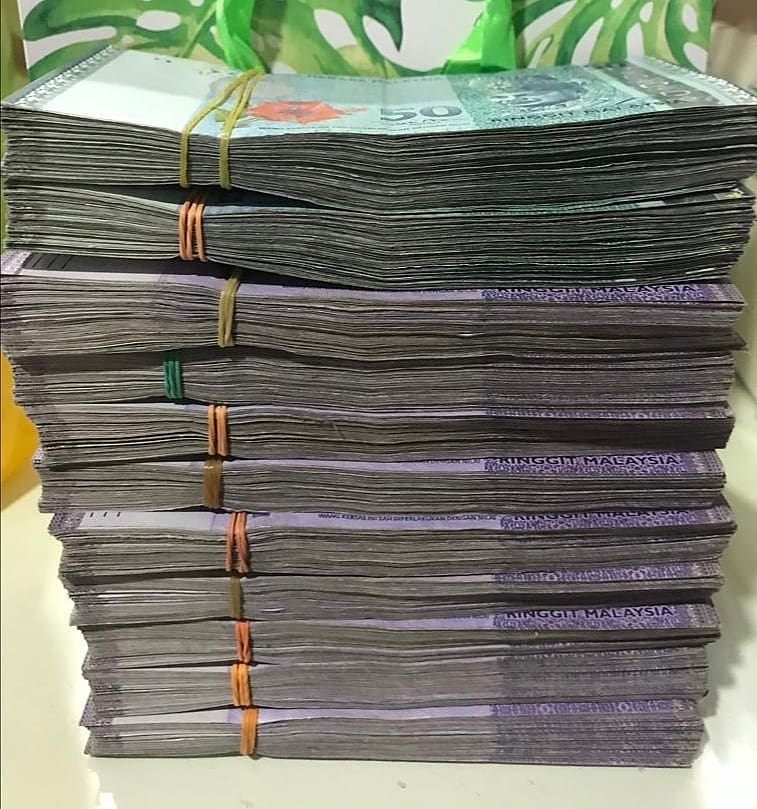WEEKLY MARKET ANALYSIS BY MANOKARAN MOTTAIN
THE local stock market ended the week on a lower note as it succumbed to a sell off on index linked stocks last Friday afternoon. The benchmark KLCI Index ended the week at 1,376.68 points (-14.21 points or -1.02%).
However, trading activity and value continues to retreat slightly to RM1.61 billion per day from RM1.65 billion per day last week. The overall trading value for the week is 18% below the past 100-day average daily trading value of RM1.97 billion per day.
The US bond market yields rose after the government said the GDP grew faster than expected in 1Q2023 at 2.0% which was way ahead of the 1.4% forecasted by economists. This means that the US economy may not fall into recession as fast as the market expected.
Weekly jobless claims also fell to 239,000 which was also below the economists’ forecast of 264,000. In addition, US Federal Reserve Jerome Powell said the central bank is looking at the possibility of further rate hikes as inflation remains stubbornly high and will take a long time to reach the 2% target.
The 10-year US Treasury (UST) yields rose 10 basis points to 3.84% from 3.74% in the previous week and the total yield gains over the past 52 weeks widened to 95 basis points.
Meanwhile the UST 2-year yields spiked by a whopping 15 basis points to 4.90% from last Friday’s close of 4.75%. This continues the yield curve inversion between the UST 2-year and 10-year notes into its 51st consecutive week with the yield spreads widening to -106 basis points from -99 basis points last week.
The 10-year MGS bond yield rose slightly by three (3) basis points last week to 3.85% last Friday from 3.82% in the previous week. The yield spreads between both countries’ 10-year bonds moved into a negative carry once again to -1 basis point from +8 basis points last week.

ECONOMICS
Malaysia’s Producer Price Index (PPI) contracted 4.6% on a year-on-year (y-o-y) basis in May 2023 compared a 3.0% cent in the preceding month.
The lower PPI was attributed to declines in several sectors - agriculture, forestry and fishing, mining and the manufacturing sectors which declined by 27.2%, 10.7% and 1.1% y-o-y respectively.
The agriculture, forestry and fishing sector fell due to a sharp fall in the oil palm fresh fruit bunches index which fell by 42.4% while the mining sector decline was due to a 18.1% fall in the extraction of crude petroleum index.
In the flip side, the water supply and electricity and gas supply indices edged up by 3.0% and 1.2% y-o-y respectively. On a month-on-month (m-o-m) basis, the PPI fell 0.4% in May 2023 from 0.2% growth in the previous month.
International Monetary Fund (IMF) disclosed that the world’s top central banks may need more time to get inflation back down to target and a fresh bout of financial turbulence could make the process even more protracted.
IMF said while central banks have raised interest rates at a brisk pace over the past year-and-a-half to combat inflation, they have persistently underestimated inflationary pressures. IMF also said that the financial community may be too optimistic about the cost and difficulty of taming inflation this time around as inflation in services have stayed stubbornly high.

The Department of Statistics Malaysia (DSM) announced that Malaysia’s domestic tourists rose 33.7% y-o-y to 48.6 million visitors in the first quarter of 2023. On a quarter-on-quarter comparison, the domestic visitors increased 3.9% as compared to 4Q2022.
Domestic tourism expenditure for 1Q2023 stood at RM19.2 billion (+47% y-o-y and +4.6% q-o-q). The number of domestic visitors in 2022 spiked 160.1% to 171.6 million against 66 million recorded in 2021.
S&P Global Ratings (S&P) has affirmed its ‘A-’ long-term and ‘A-2’ short-term foreign currency sovereign credit ratings on Malaysia. The ratings agency also affirmed its ‘A’ long-term and ‘A-1’ short-term local currency ratings on Malaysia.
The stable outlook reflects S&P’s expectations that Malaysia’s steady growth momentum and fiscal policy will allow modest improvements in fiscal performance over the next two to three years.
Although Malaysia’s budget deficit remains high, S&P expect its growth dynamics to offset vulnerabilities associated with an elevated government debt stock and weak fiscal performance.
S&P added that although Malaysia’s 2023 first-quarter gross domestic product (GDP) rose 5.6% y-o-y, it expects the full-year economic expansion in 2023 to moderate to 4.0% in light of a weaker global growth environment in the second half of 2023.
S&P also forecasted Malaysia’s net indebtedness to rise by 4.4% of GDP in 2023 against 5.0% in 2022 on moderately lower general and central government deficits. Malaysia’s solid external position remains a rating strength as the country has had consistent current account surpluses for more than two decades.

CURRENCY
The Ringgit stabilized last week following Bank Negara Malaysia’s intervention in the foreign exchange markets. The Ringgit gained against all major currencies except for the Euro at RM5.0900 / EUR1.00 (+0.90sen). It gained against the Japanese Yen at RM3.20 / JPY100 (-10.00sen), the US Dollar at RM4.6650 / USD1.00 (-0.90sen), the British Pound to RM5.9230 / GBP1.00 (-2.50sen) and the Singapore Dollar at RM3.4500 / SGD1.00 (-0.70sen).
MY OPINION
The KLCI Index was more or less range bound throughout the week until last Friday’s sell off. Nevertheless, the KLCI closed within the lower end of my expectations of between 1,375 points – 1,400 points.
Nevertheless, I expect some buying support to kick in next week in response to the late sell off last Friday with the 1,400 point level continuing to be the key resistance level in the near term.
Given the bearish movements in the UST market last week, I am maintaining my view that the yield spread has the potential to widen further in the coming months as the yield differential between the UST and MGS has dipped once again into negative territory.
Meanwhile, Bank Negara Malaysia (BNM) also disclosed that the non-resident holdings of Malaysian Government Securities (MGS) bonds have remained close to the longer-term average figure of 23.5% and continues to offer positive real yield and has sustained interest among foreign investors in the Malaysian bond market.
BNM has stepped in to intervene in the foreign exchange market last week to stem currency movements that are deemed to be excessive.
BNM noted that while the Ringgit’s volatility has risen in tandem with that of other regional currencies, the extent of the recent depreciation and volatility of the ringgit is disproportionately higher than historical relative movements and is not reflective of Malaysia’s economic fundamentals.

It also said clarified that the Ringgit’s recent weakness was due to the external factors such as market expectations of higher terminal interest rates in most major economies as well as signs that China’s post-Covid economic recovery is losing its momentum.
BNM added that while the value of the ringgit will continue to remain market-determined, it expects ongoing measures by the government to further strengthen the economy would ensure the ringgit better reflects the country’s fundamentals.
In view of the turnaround of sentiment, I am adjusting my views on the US Dollar trading band to RM4.60 – RM4.70 in the coming week. – DagangNews.com
Manokaran Mottain has been an economist with a number of financial institutions and is now managing his own firm, Rising Success Consultancy Sdn Bhd and has been writing his economic analysis on a weekly basis in DagangNews.com since 2022
CLICK HERE FOR COLLECTIONS OF MANOKARAN MOTTAIN'S ARTICLE











